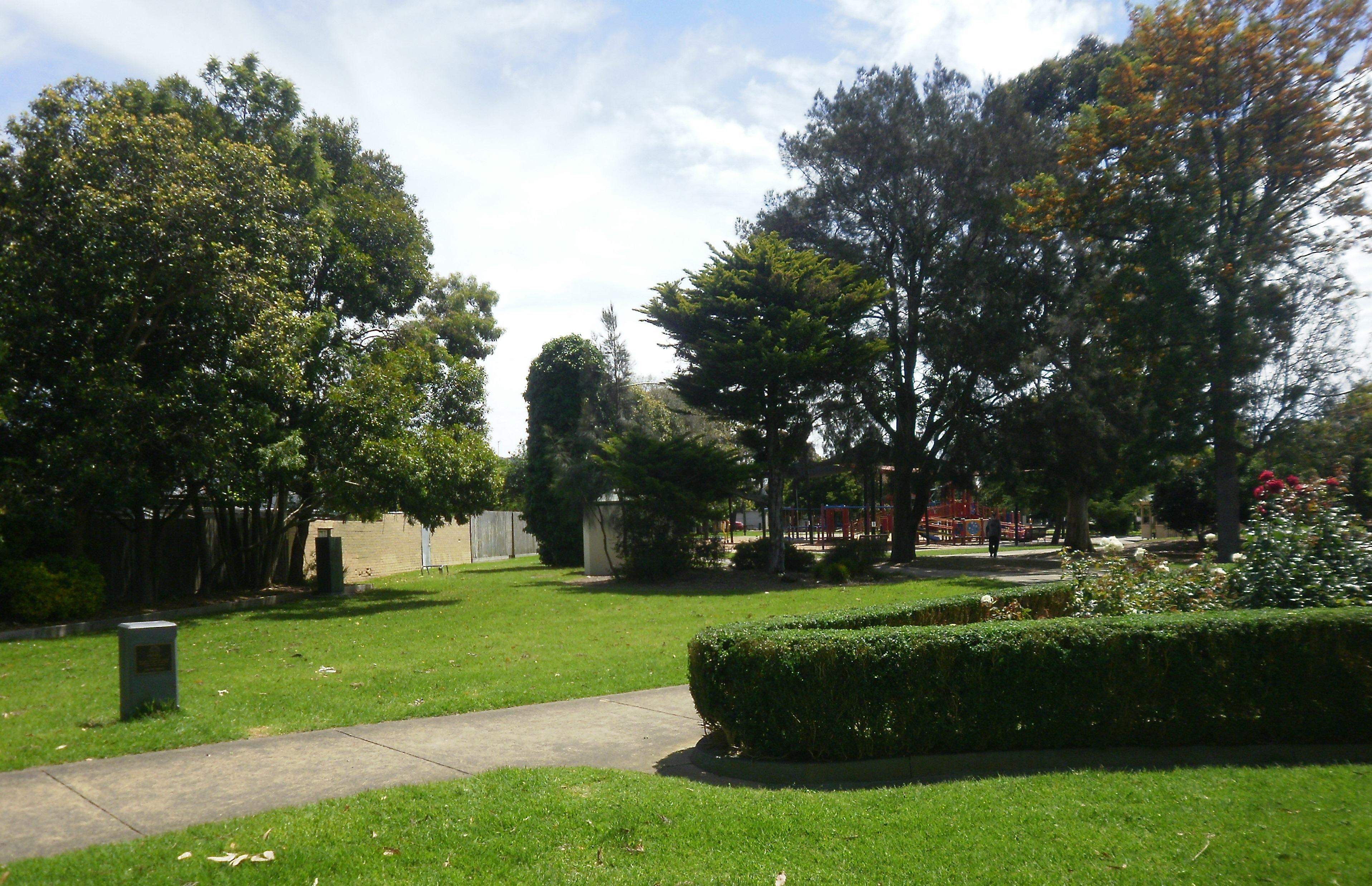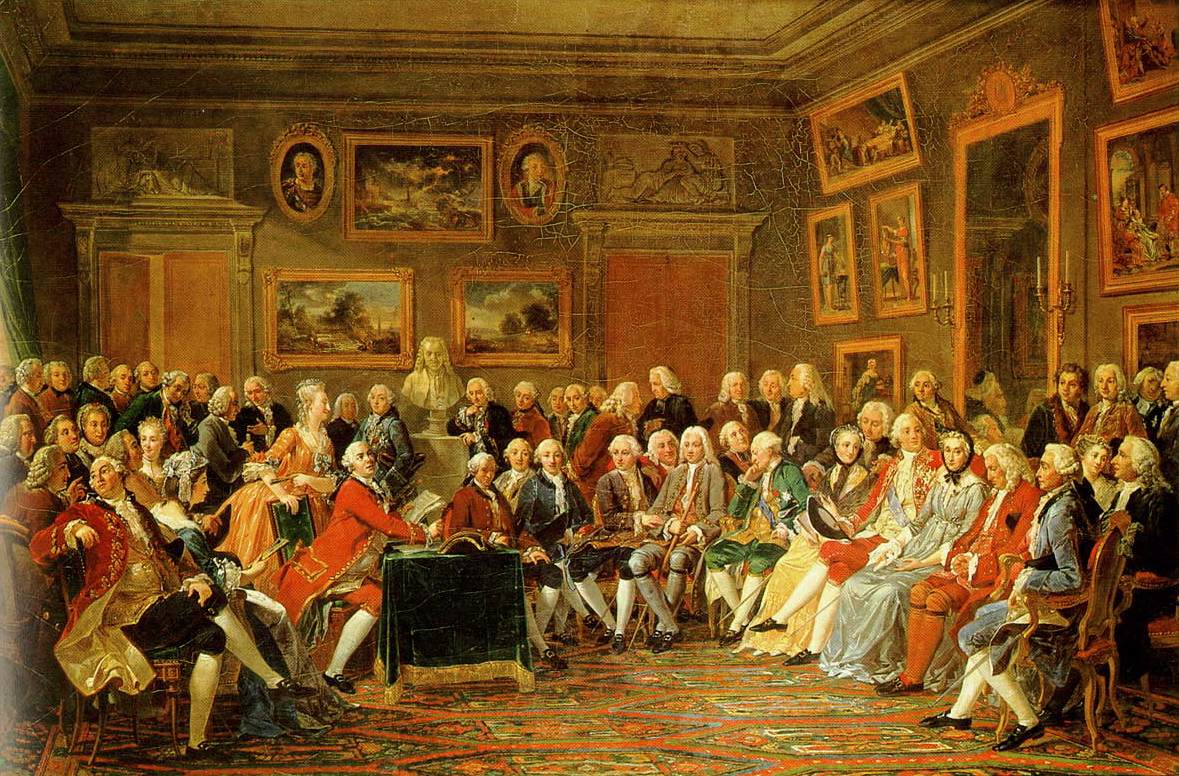|
Villa Pianciani
''Villa Pianciani'' is a complex situated a hill that overlooking the Spoleto Valley in Umbria, Italy. The complex is the work of architect Giuseppe Valadier and comprises five buildings and a historical park. History The illa complex was built by the Pianciani family, an ancient and noble family that played a significant role in Spoleto’s history. The family transformed a pre-existing building into the ‘Delizia dei Pianciani’ (The Piancianis’ Delight). The work was designed by the young architect Giuseppe Valadier. It was initiated at the request of Count Alessandro Pianciani to celebrate his marriage with Costanza Collicola, a member of a noble family of Spoleto. The villa, an addition to the family's other properties in Pianciano and Lake Trasimeno, became a summer estate for the family. Vincenzo Pianciani moved to Rome to become the Director of Finance of the Papal States, where he founded The Savings Bank of Rome. His marriage with Amalia Ruspoli allowed him to ... [...More Info...] [...Related Items...] OR: [Wikipedia] [Google] [Baidu] |
Villa
A villa is a type of house that was originally an ancient Roman upper class country house. Since its origins in the Roman villa, the idea and function of a villa have evolved considerably. After the fall of the Roman Republic, villas became small farming compounds, which were increasingly fortified in Late Antiquity, sometimes transferred to the Church for reuse as a monastery. Then they gradually re-evolved through the Middle Ages into elegant upper-class country homes. In the Early Modern period, any comfortable detached house with a garden near a city or town was likely to be described as a villa; most survivals have now been engulfed by suburbia. In modern parlance, "villa" can refer to various types and sizes of residences, ranging from the suburban semi-detached double villa to, in some countries, especially around the Mediterranean, residences of above average size in the countryside. Roman Roman villas included: * the ''villa urbana'', a suburban or country sea ... [...More Info...] [...Related Items...] OR: [Wikipedia] [Google] [Baidu] |
Mayor Of Rome
The mayor of Rome ( it, sindaco di Roma) is an elected politician who, along with the Rome City Council ( it, Assemblea Capitolina) of 48 members, is accountable for the strategic government of Rome. As Rome is a '' comune speciale'' since 2009, the office is different from the offices of the other Italian cities. The title is the equivalent of Lord Mayor in the meaning of an actual executive leader. Overview According to the City of Rome Statutes, the Mayor of Rome is a member of Rome's City Council ( it, Assemblea Capitolina). The Mayor is elected by the population of Rome. Citizens elect also the members of the City Council, which also controls the mayor's policy guidelines and is able to enforce the mayor's resignation by a motion of no confidence. The mayor is entitled to appoint and release the members of their government, which are twelve ( it, Assessori delle Giunta Capitolina) according to the Italian Constitution. The seat of the City Council is the city hall ''Pala ... [...More Info...] [...Related Items...] OR: [Wikipedia] [Google] [Baidu] |
Contemporary Art
Contemporary art is the art of today, produced in the second half of the 20th century or in the 21st century. Contemporary artists work in a globally influenced, culturally diverse, and technologically advancing world. Their art is a dynamic combination of materials, methods, concepts, and subjects that continue the challenging of boundaries that was already well underway in the 20th century. Diverse and eclectic, contemporary art as a whole is distinguished by the very lack of a uniform, organising principle, ideology, or "-ism". Contemporary art is part of a cultural dialogue that concerns larger contextual frameworks such as personal and cultural identity, family, community, and nationality. In vernacular English, ''modern'' and ''contemporary'' are synonyms, resulting in some conflation and confusion of the terms ''modern art'' and ''contemporary art'' by non-specialists. Scope Some define contemporary art as art produced within "our lifetime," recognising that lifetimes a ... [...More Info...] [...Related Items...] OR: [Wikipedia] [Google] [Baidu] |
Park In The Villa
A park is an area of natural, semi-natural or planted space set aside for human enjoyment and recreation or for the protection of wildlife or natural habitats. Urban parks are green spaces set aside for recreation inside towns and cities. National parks and country parks are green spaces used for recreation in the countryside. State parks and provincial parks are administered by sub-national government states and agencies. Parks may consist of grassy areas, rocks, soil and trees, but may also contain buildings and other artifacts such as monuments, fountains or playground structures. Many parks have fields for playing sports such as baseball and football, and paved areas for games such as basketball. Many parks have trails for walking, biking and other activities. Some parks are built adjacent to bodies of water or watercourses and may comprise a beach or boat dock area. Urban parks often have benches for sitting and may contain picnic tables and barbecue grills. The larg ... [...More Info...] [...Related Items...] OR: [Wikipedia] [Google] [Baidu] |
Assisi
Assisi (, also , ; from la, Asisium) is a town and ''comune'' of Italy in the Province of Perugia in the Umbria region, on the western flank of Monte Subasio. It is generally regarded as the birthplace of the Latin poet Propertius, born around 50–45 BC. It is the birthplace of St. Francis, who founded the Franciscan religious order in the town in 1208, and St. Clare (''Chiara d'Offreducci''), who with St. Francis founded the Poor Sisters, which later became the Order of Poor Clares after her death. The 19th-century Saint Gabriel of Our Lady of Sorrows was also born in Assisi. History Around 1000 BC a wave of immigrants settled in the upper Tiber valley as far as the Adriatic Sea, and also in the neighbourhood of Assisi. These were the Umbrians, living in small fortified settlements on high ground. From 450 BC these settlements were gradually taken over by the Etruscans. The Romans took control of central Italy after the Battle of Sentinum in 295 BC. They built the flouris ... [...More Info...] [...Related Items...] OR: [Wikipedia] [Google] [Baidu] |
Montefalco
Montefalco is a historic small hill town in Umbria, Italy, with a population of 5,581 in August 2017. It has been settled since pre-Roman times, and retains many of its historic buildings. From 1446 to 1861 it was part of the Papal States. Montefalco DOC is a regulated geographical area for its wine, the reds usually including the highly localized Sagrantino grape variety. The town's museum is in a former church, which has a fresco cycle on the life of St. Francis by the Florentine artist Benozzo Gozzoli (1450–1452). History The town has been actively settled since the times of the Umbri. It has been under the successive domination of the Romans, Lombards, being called Coccorone in the Middle Ages. In 1249 it was sacked by Frederick II, but was soon rebuilt with the modern name. from the 13th century it had been a free ''comune ''under the domination of local nobles and merchants, but later, as with many other Umbrian locales, the comune gave way to government by a ''Sign ... [...More Info...] [...Related Items...] OR: [Wikipedia] [Google] [Baidu] |
Age Of Enlightenment
The Age of Enlightenment or the Enlightenment; german: Aufklärung, "Enlightenment"; it, L'Illuminismo, "Enlightenment"; pl, Oświecenie, "Enlightenment"; pt, Iluminismo, "Enlightenment"; es, La Ilustración, "Enlightenment" was an intellectual and philosophical movement that dominated Europe in the 17th and 18th centuries with global influences and effects. The Enlightenment included a range of ideas centered on the value of human happiness, the pursuit of knowledge obtained by means of reason and the evidence of the senses, and ideals such as liberty, progress, toleration, fraternity, and constitutional government. The Enlightenment was preceded by the Scientific Revolution and the work of Francis Bacon, John Locke, and others. Some date the beginning of the Enlightenment to the publication of René Descartes' '' Discourse on the Method'' in 1637, featuring his famous dictum, '' Cogito, ergo sum'' ("I think, therefore I am"). Others cite the publication of Isaa ... [...More Info...] [...Related Items...] OR: [Wikipedia] [Google] [Baidu] |
Neoclassical Style
Neoclassical architecture is an architectural style produced by the Neoclassical movement that began in the mid-18th century in Italy and France. It became one of the most prominent architectural styles in the Western world. The prevailing styles of architecture in most of Europe for the previous two centuries, Renaissance architecture and Baroque architecture, already represented partial revivals of the Classical architecture of ancient Rome and (much less) ancient Greek architecture, but the Neoclassical movement aimed to strip away the excesses of Late Baroque and return to a purer and more authentic classical style, adapted to modern purposes. The development of archaeology and published accurate records of surviving classical buildings was crucial in the emergence of Neoclassical architecture. In many countries, there was an initial wave essentially drawing on Roman architecture, followed, from about the start of the 19th century, by a second wave of Greek Revival archite ... [...More Info...] [...Related Items...] OR: [Wikipedia] [Google] [Baidu] |
Palladian Architecture
Palladian architecture is a European architectural style derived from the work of the Venetian architect Andrea Palladio (1508–1580). What is today recognised as Palladian architecture evolved from his concepts of symmetry, perspective and the principles of formal classical architecture from ancient Greek and Roman traditions. In the 17th and 18th centuries, Palladio's interpretation of this classical architecture developed into the style known as Palladianism. Palladianism emerged in England in the early 17th century, led by Inigo Jones, whose Queen's House at Greenwich has been described as the first English Palladian building. Its development faltered at the onset of the English Civil War. After the Stuart Restoration, the architectural landscape was dominated by the more flamboyant English Baroque. Palladianism returned to fashion after a reaction against the Baroque in the early 18th century, fuelled by the publication of a number of architectural books, including P ... [...More Info...] [...Related Items...] OR: [Wikipedia] [Google] [Baidu] |
Tympanum (architecture)
A tympanum (plural, tympana; from Greek and Latin words meaning "drum") is the semi-circular or triangular decorative wall surface over an entrance, door or window, which is bounded by a lintel and an arch. It often contains pedimental sculpture or other imagery or ornaments. Many architectural styles include this element. Alternatively, the tympanum may hold an inscription, or in modern times, a clock face. History In ancient Greek, Roman and Christian architecture, tympana of religious buildings often contain pedimental sculpture or mosaics with religious imagery. A tympanum over a doorway is very often the most important, or only, location for monumental sculpture on the outside of a building. In classical architecture, and in classicising styles from the Renaissance onwards, major examples are usually triangular; in Romanesque architecture, tympana more often has a semi-circular shape, or that of a thinner slice from the top of a circle, and in Gothic architecture they ... [...More Info...] [...Related Items...] OR: [Wikipedia] [Google] [Baidu] |





_-_facade_on_Piazza_dei_signori.jpg)

